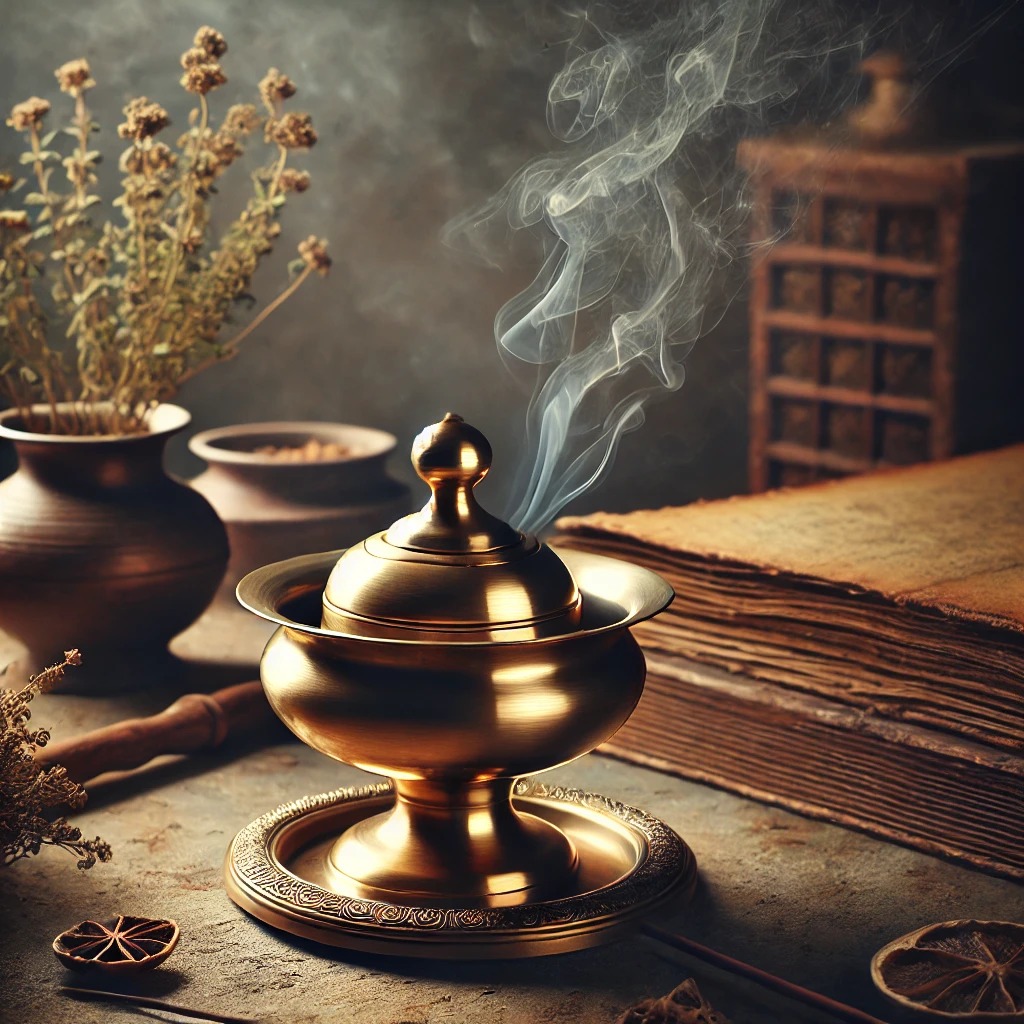Incense burners, essential to aromatic rituals and decorative traditions, come in various designs, each with its own cultural and aesthetic significance. Dragon Incense Burners and Brass Incense Burners are two prominent types that not only serve to diffuse scents but also act as symbols of cultural heritage and artistic craftsmanship. This article explores the nuances between these burners, their historical contexts, design intricacies, and the ambiance they create.
Dragon Incense Burners: Symbolism and Spectacle
Design and Aesthetics Dragon Incense Burners are often crafted from materials like bronze or porcelain, featuring elaborate designs that incorporate the mythical dragon, a symbol of power and good fortune in many Asian cultures. These burners are usually detailed, with the dragon's body swirling around the container and its mouth acting as the outlet for smoke, creating a dramatic effect as if the dragon is breathing out the incense smoke.
Cultural Significance In many Eastern traditions, particularly in China, dragons are revered creatures that represent strength, wisdom, and the power to ward off evil. Dragon Incense Burners are thus not merely functional; they are also protective talismans and are often used in religious and spiritual rituals to attract positive energy and dispel negativity.
Usage and Impact Due to their ornate nature, Dragon Incense Burners are typically displayed in prominent places where they can be appreciated not only for their functionality but also as art pieces. They are particularly favored during significant celebrations or in spaces dedicated to meditation and reflection.
Brass Incense Burners: Durability and Timelessness
Design and Aesthetics Brass Incense Burners are known for their sturdiness and timeless elegance. Made from an alloy of copper and zinc, these burners often feature simpler, more classic designs compared to their dragon counterparts. However, they can also be intricately decorated with religious or traditional motifs, often through techniques such as engraving or embossing.
Cultural Significance Brass has been used for centuries across various cultures due to its durability and resistance to corrosion, making it ideal for regular use. In both practical and ceremonial settings, brass burners are valued for their ability to conduct heat evenly and maintain the purity of the incense fragrance.
Usage and Impact Brass Incense Burners are versatile and can be used with a variety of incense forms, including sticks, cones, and resins. Their robust construction makes them suitable for both indoor and outdoor use, and they are a common choice for daily incense burning in homes and sacred spaces.
Comparative Insights
Aesthetic Appeal Dragon Incense Burners are more visually striking and are often chosen for their ornamental value and cultural symbolism. Brass Incense Burners, while potentially less elaborate, appeal to those seeking a blend of functionality and understated elegance.
Functional Suitability For intense ceremonial use where the burner itself plays a symbolic role, a Dragon Incense Burner might be preferred. For everyday use where longevity and practicality are paramount, a Brass Incense Burner is ideal.
Conclusion
Choosing between a Dragon Incense Burner and a Brass Incense Burner often depends on the intended use, cultural importance, and aesthetic preference. While Dragon Burners bring a dramatic flair and deep symbolic meaning to settings, Brass Burners offer practical durability and timeless elegance. Both types uphold the tradition of incense burning, each adding a unique sensory and spiritual dimension to the practice.





Comments